Description
1. Introduction to Biochemistry, 2. History of Biochemistry, 3. Biomolecules,4. Atoms, 5. Inorganic and Organic Compounds, 6. Bonds, 7. Water, 8. pH, 9. Buffer System, 10. Oxidation and Reduction, 11. Redox Reactions, 12. Chemical Equilibrium, 13. Isomerism, 14. Carbohydrates, 15. Functions of Carbohydrates, 16. Classification of Carbohydrates, 17. Monosaccharides, 18. Classification of Monosaccharides, 19. Structure of Monosaccharides , 20. Properties of Monosaccharides, 21. Glucose, 22. Fructose, 23. Galactose, 24. Ribose, 25. Oligosaccharides, 26. Glycosidic Linkage, 27. Classification of Oligosaccharides, 29. Lactose, 30. Maltose, 31. Polysaccharides, 32. Classification of Polysaccharides, 33. Starch, 34. Glycogen,35. Cellulose, 36. Lignin, 37. Chitin,38. Inulin, 39. Hyaluronic Acid,40. Chondroitin, 41. Heparin, 42. Agar-Agar, 43.Lipids, 44. Structure of Lipids, 45. Classification of Lipids, 46. Properties of Lipids, 47. Functions of Lipids, 48. Fatty Acids, 49. Fats, 50. Oils, 51. Waxes, 52. Simple Lipids (Triglycerides, Homolipids), 53. Compound Lipids,54. Derived Lipids, 55. Phospholipids, 56. Glycolipids or Galacto lipids or Cerebrosides or Glycosphingosides, 57. Steroids, 58. Amino Acids, 59. Classification of Amino Acids, 60. Structure of Amino Acids, 61. Properties of Amino Acids, 62. Proteins, 63. Classification of Proteins, 64. Chemical Composition of Proteins, 65. Peptide Bonds, 66. Structure of Protein, 67. Properties of Proteins, 68. Haemoglobin, 69. Cytochromes,70. Myoglobin, 71. Silk,72. Wool,73. Collagens,74. Keratin,75. Albumins,76. Glycoproteins,77. Tests for Proteins,78. Nucleic Acids, 79. Deoxyribonucleic Acid (DNA), 80. RNA (Ribonucleic Acid), 81. Enzymes, 82. Biological Function of Enzymes, 83. Nomenclature of Enzymes, 84. Chemistry of Enzymes, 85. Classification of Enzymes, 89. Mechanism of Enzyme Action, 90. Enzyme Kinetics,91. Enzyme Inhibition,92.Factors Affecting Enzyme Activity,93. Coenzymes,94. Prosthetic Groups, 95. Applications of Enzymes,96. Vitamins, 97. Vitamin A: Retinol or AntixerophthalmicVitamin, 98. Vitamin E: Tocopherol or Antisterility Vitamin,99. Vitamin K: Antihaemorrhagic Vitamin,100. Vitamin B complex, 87. Chemical Energetics of Enzymes, 88. Enzyme Activation, 86. Properties of Enzymes,101. Vitamin C: Ascorbic Acid or Antiscorbutic Vitamin,102. Vitamin D : Calciferol or Antirachitic Vitamin,103. Animal Hormones,104. Plant Hormones,105. Prostaglandins,106. Pigments,107. Bioenergetics,108. Chloroplast Bioenergetics,109. Mitochondrial Energetics,110. NADP/NADPH redox couple Bioenergetics,111. ATP and Cyclic AMP,112. Biological Energy Conversions,113. Biological Oxidations,114. Metabolism of Carbohydrates,115. Glycogenesis,116. Glycogenolysis,117. Glycolysis,118. Krebs Cycle (Citric Acid Cycle),119. The Hexose Monophosphate (HMP) Shunt,120. Gluconeogenesis (Neoglucogenesis),121. Uronic Acid Pathway (Metabolism of Glucuronic Acid),122. Pasteur’s Effect ,123. Blood Sugar Level,124. Metabolism of Proteins,125. Oxidative Deamination,126. Transamination ,127. Decarboxylation,128. Transmethylation,129. Ornithine Cycle or Urea Cycle,130. Catabolism (of the Carbon Skeleton) of Amino Acids,131. Anabolic Phase of Amino Acids(Biosynthesis of Amino Acids),132. Energetics of Amino Acid Oxidation,133. Anabolism of Proteins (Biosynthesis of Proteins),134. Inborn Errors of Metabolism,135. Metabolism of Lipids,136. Metabolism of Glycerol,137. Metabolism of Fatty acids,138. Ketogenesis,139. Biosynthesis of Fatty Acids,140. Biosynthesis of Triglycerides, 141. Interrelationship of Carbohydrate, Lipid and Protein Metabolisms,142. pH Meter,143. Centrifuge, 144. Spectroscopy,145. Chromatography, 146. Electrophoresis, 147. Laboratory Experiments, 148. Spotters, Glossary, Index


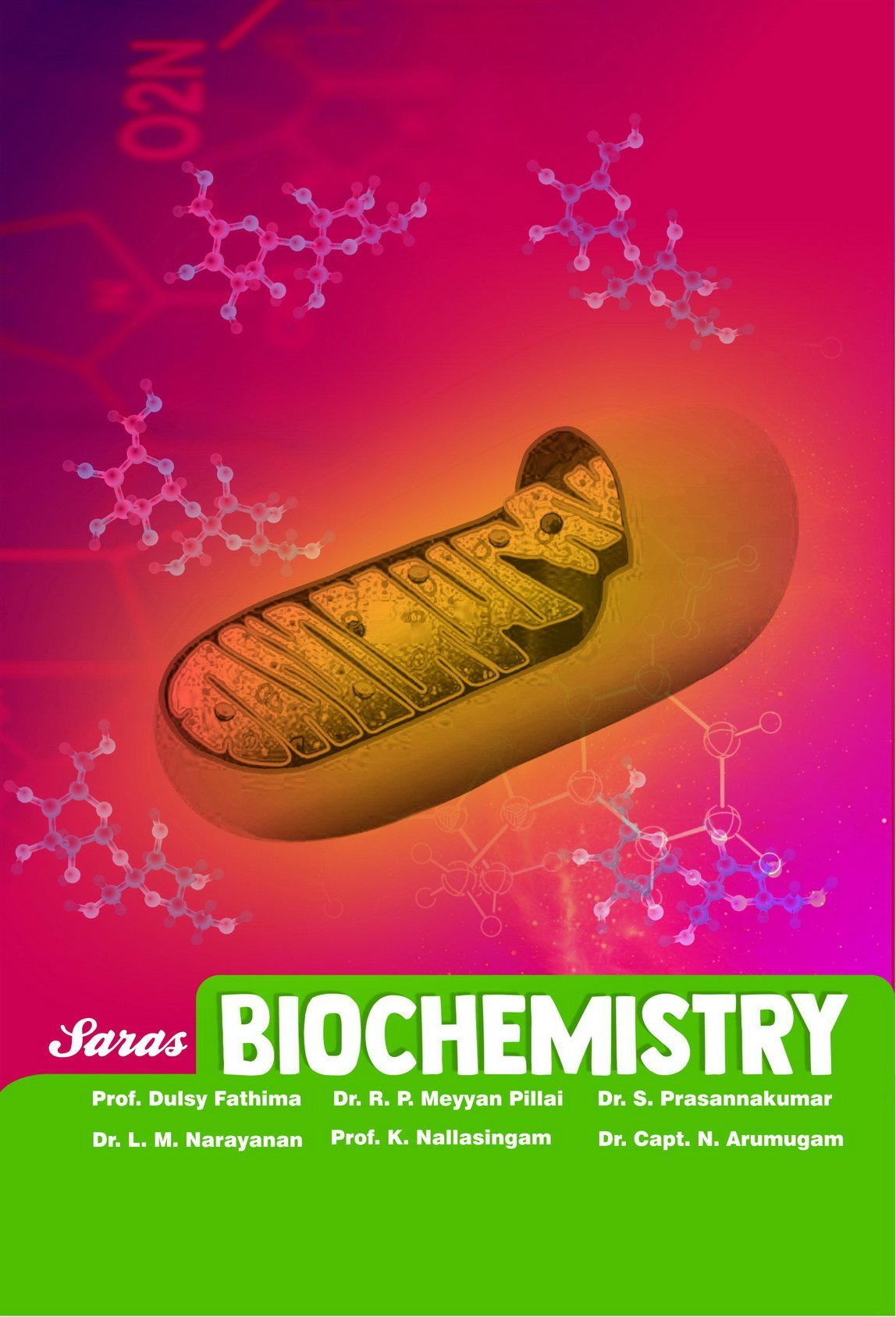
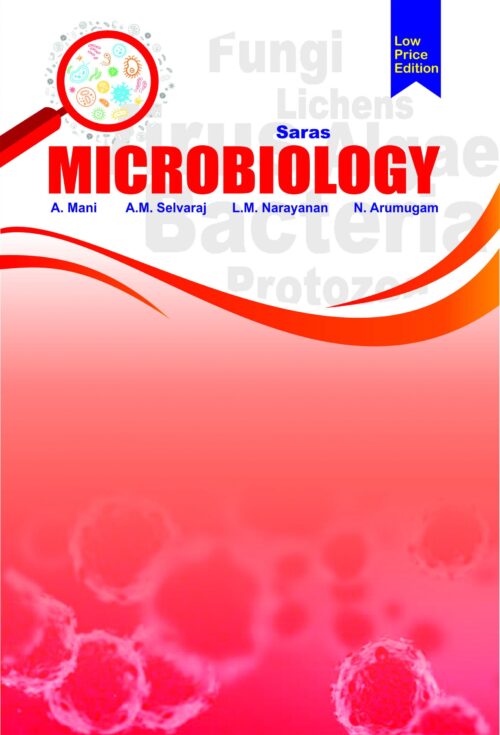
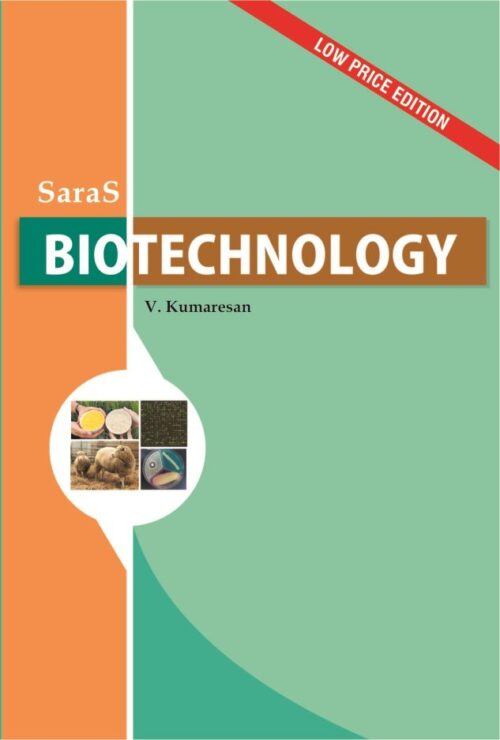
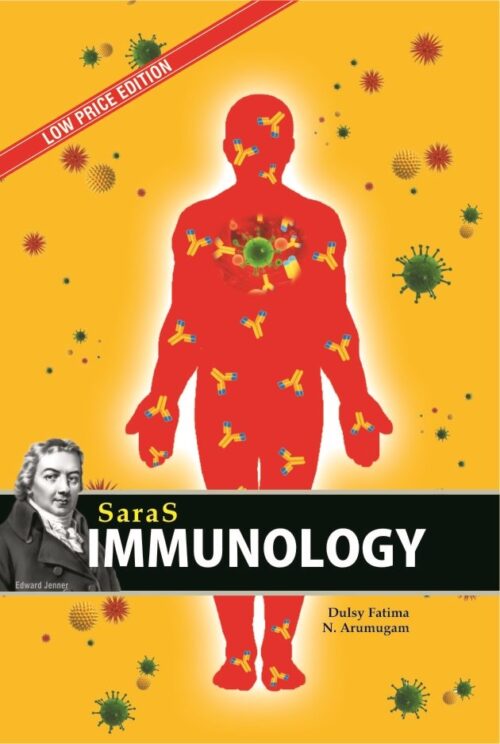
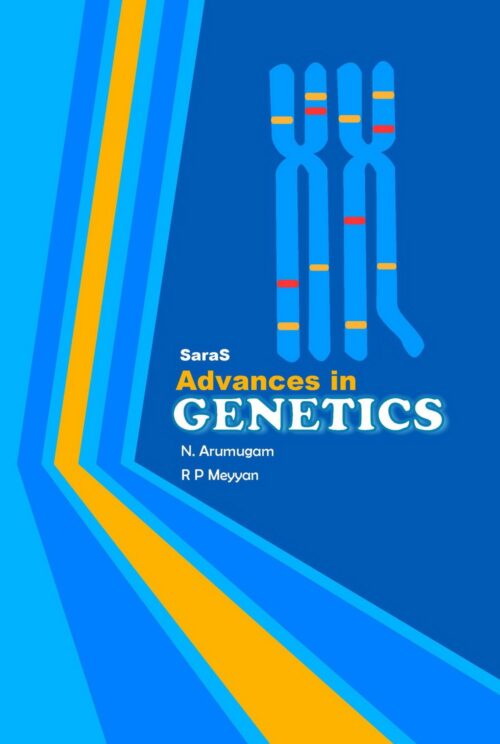
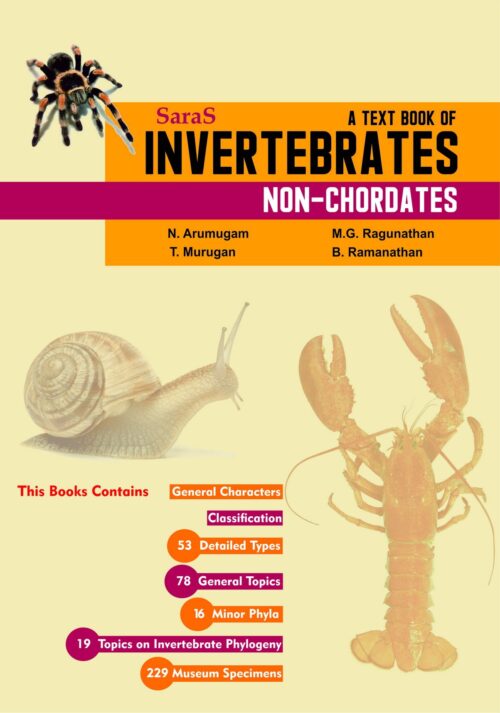
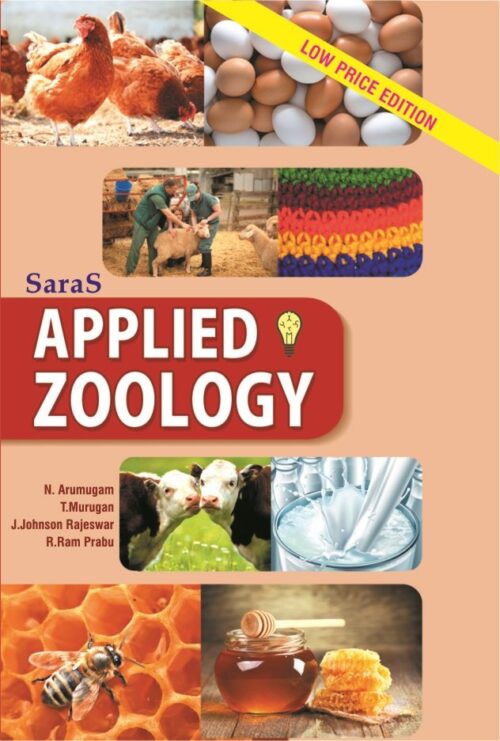
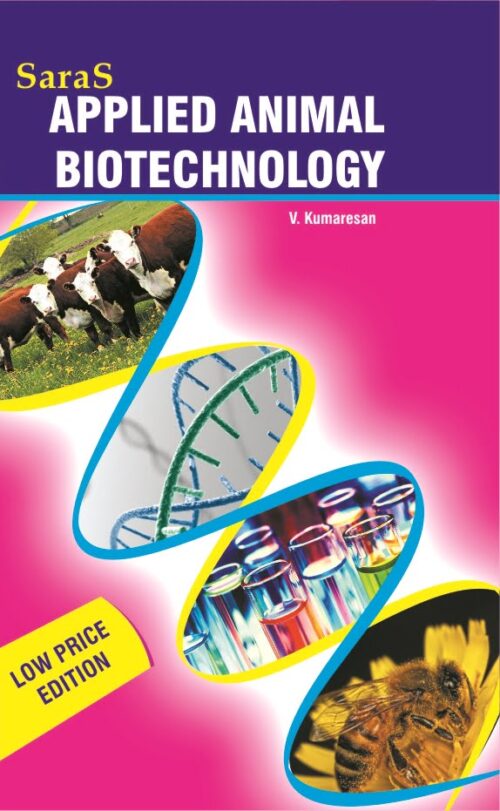
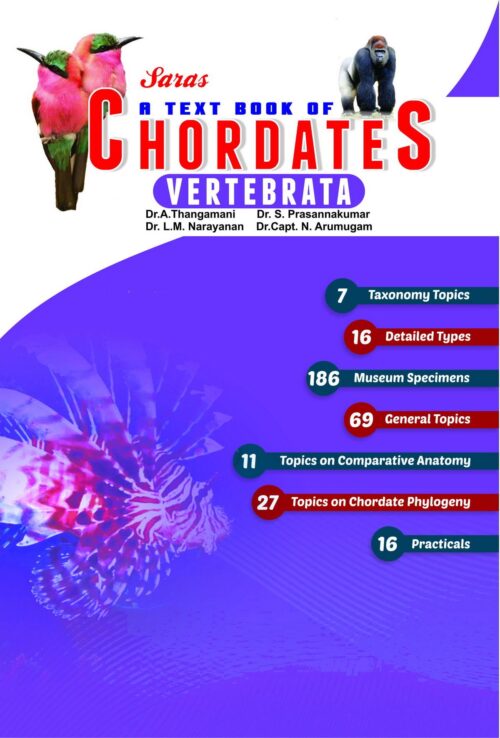
Reviews
There are no reviews yet.